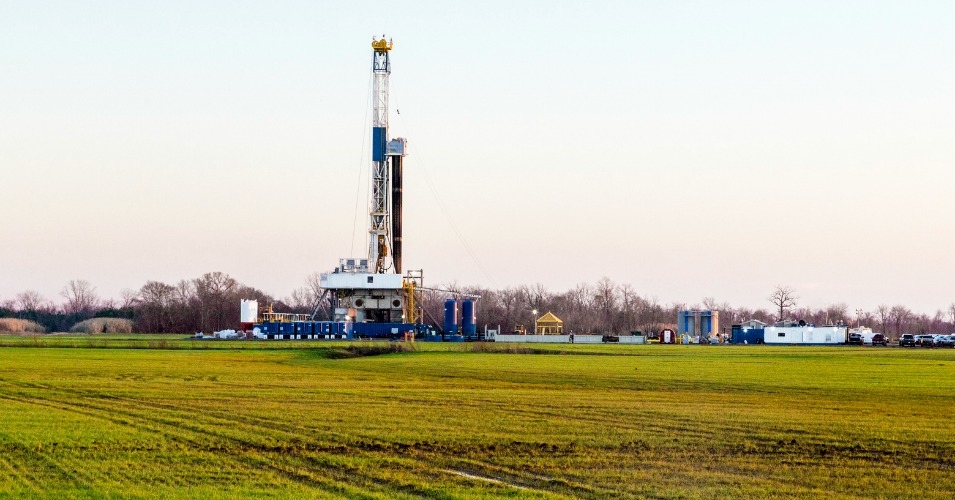Published on Tuesday, September 02, 2014 by Common Dreams
byDeirdre Fulton, staff writer
In addition to contaminating groundwater supplies and destabilizing fault lines, fracking is exacerbating water scarcity worldwide. Close to 40 percent of the world’s shale gas and tight oil resources are in areas that are either arid or under high to extremely high levels of water stress, according to a report released Tuesday by the World Resources Institute, a Washington, DC-based research organization.
As other nations begin to exploit these resources as the United States already has, “limited availability of freshwater could become a stumbling block,” the report says — a consequence environmentalists can only hope will come to fruition.
According to “Global Shale Development: Water Availability and Business Risks,” which analyzed data from the Aqueduct Water Risk Atlas, about 386 million people live on the land over these shale “plays” — geographic areas where companies are actively looking for, or have discovered, natural gas or oil underground — and in 40 percent of these resource areas, irrigated agriculture is the largest water user. Fracking, too, is a water-intensive practice, typically using between 2-7 million gallons of water per well.
“Thus drilling and hydraulic fracturing often compete with other demands for freshwater, which can result in conflicts with other water users,” the report reads. “This is particularly true in areas of high baseline water stress, where over 40 percent of the available water supplies are already being withdrawn for agricultural, municipal, or industrial purposes.”

“Water risk is one of the most important, but under-appreciated challenges when it comes to shale gas development,” Andrew Steer, World Resources Institute president and CEO, said in a statement. “This analysis should serve as a wake-up call for countries seeking to develop shale gas. Energy development and responsible water management must go hand in hand.”
While the study highlights efforts the fracking industry is taking to mitigate its water use, the report could serve as evidence that the practice should be banned altogether. “This report and the data we are sharing is definitely going to inform governments that might decide to ban hydraulic fracturing because of already high levels of competition for water in a specific region,” lead author Paul Reig told Fortune.
The Stockholm International Water Institute reported last month that an estimated 1.7 billion people are living in areas where groundwater is under threat. And a similar report, released earlier this year by CERES, found that much of the oil and gas fracking activity in both the U.S. and Canada is happening in arid, water-stressed regions.
The World Resources Institute will hold a special briefing and webinar on its report findings on Thursday, September 11 at 4 pm. Register for the webinar here.



